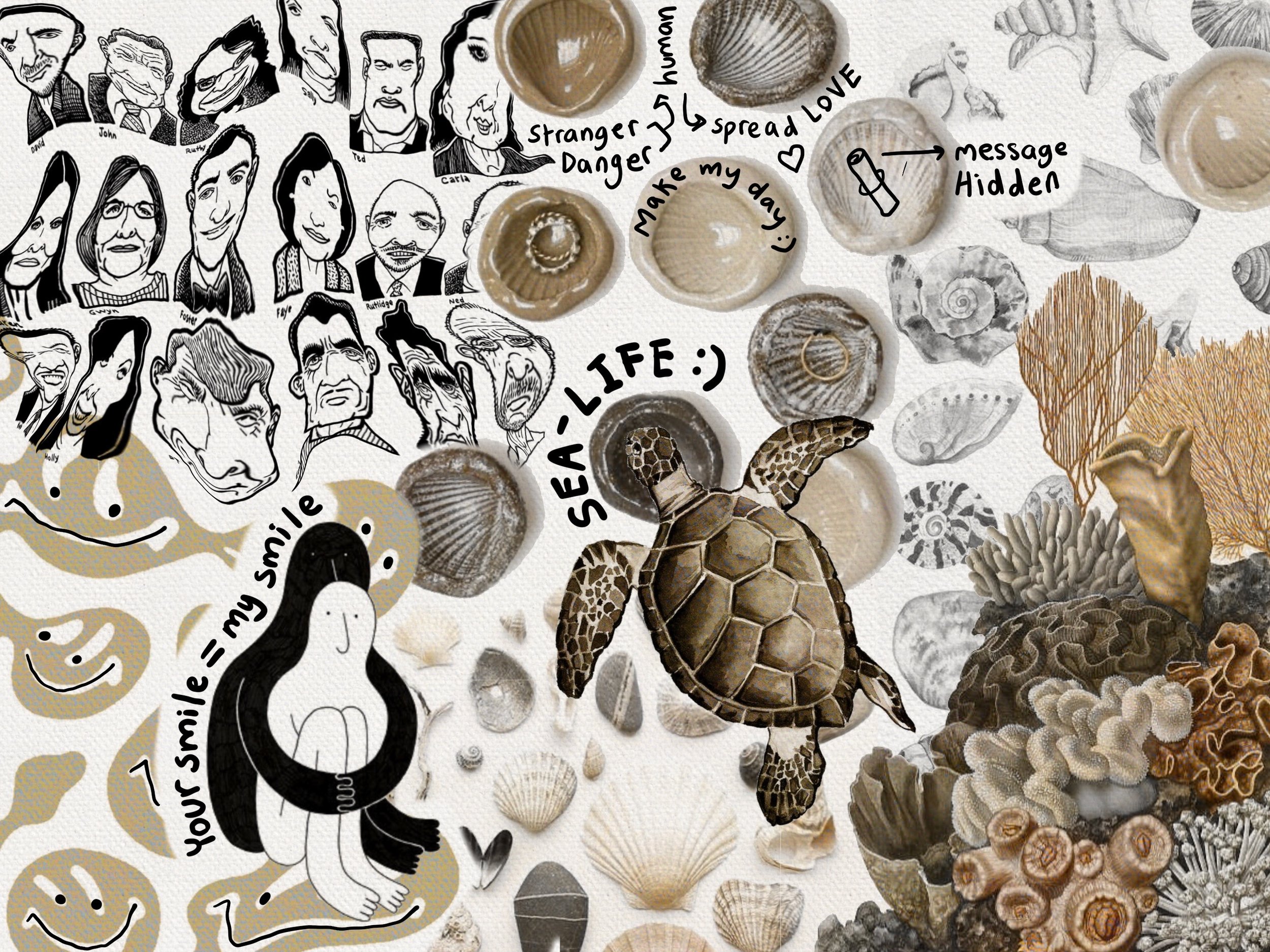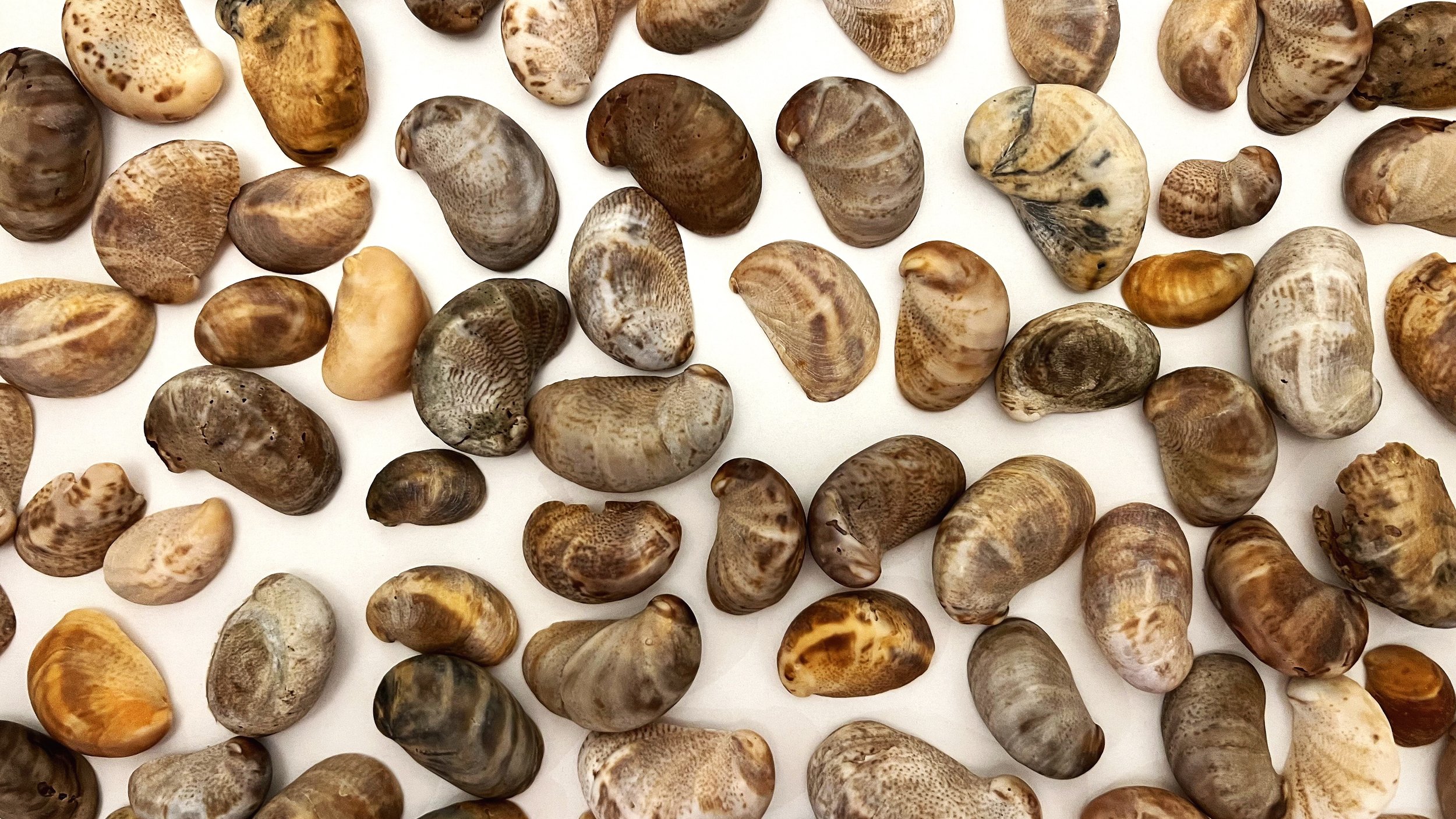Ideas, crafts, & context.
Task 2:
This week's challenge is to create a mood board to improve the clarity of the topics we plan to cover in our self-directed project. Research assignments encourage deeper critical consideration while providing insight into our thinking processes and working techniques. Thus, I will begin this week's task by surveying to collect information relevant to my project. Then, I will create a mood board that visually captures my self-directed project's spirit. I will then develop my idea by sharing the initial process and sketches that define my conception. In this process stage, I always limit my choices and finalise my thoughts to facilitate my decision-making during development.
Learning Objectives:
LO1: Research — Select and deploy appropriate research methodologies to inform the needs within a project.
LO4: Distil — Position a creative strategic insight that has been distilled and refined through an informed investigation.
LO5: Imagine — Deliver appropriate and innovative ideas that embrace risk, have contemporary relevance and question the boundaries of the discipline.
LO6: Make — Select and utilise relevant tools, skills and technologies in the delivery, iteration and sustainable production of an outcome.
LO7: Collaborate — Demonstrate inclusive and empathetic strategies to plan and execute a project across distributed collaborative situations.
LO8: Design — Realise a final solution that evidences its strategic journey and clear relationship between form and function.
LO9: Communicate — Communicate effectively in a range of contexts and situations to specialist and non-specialist audiences.
change in plan
Reflection on my tutorial with Teresa:
After my tutorial with Teresa, I experienced a significant shift in my project plan. Her guidance and insights truly helped me gain clarity and direction. Before the tutorial, my idea felt like floating in space without a clear path for execution. However, Teresa's feedback and suggestions helped me organise my thoughts and put everything in its right place. One notable change I made was in my initial plan to create a typeface. Teresa pointed out that my core idea was strong enough to stand on its own, and adding a typeface might be an unnecessary extra layer. This advice resonated with me, so I decided to abstain from creating a typeface, allowing me to focus more effectively on the essence of my project.
Define Process:
Survey Questions:
I conducted a short survey where I asked people to answer a set of questions relating to the concept of my project. The response was overwhelmingly positive and confirmed that many people share the same vision and beliefs as I do. It was stimulating seeing all those responses, as my concept resonated with others and had the potential to affect the world positively. The feeling of being able to trust that my project was on its way to actuality due to the collective support and connection of like-minded people is rather exhilarating.
Does bringing joy to others and making thier day elicit happiness in you?
Do you believe that brightening someone's day has a positive impact on one's mental health?
What can you do to brighten someone's day? Give examples please.
What kind of emotions do you experience when you perform a genuinely kind act for a stranger?
Mood board process:
Final mood board:
Initial sketch:
Final Sketch:
Colour theme process:





Collecting + cleaning shells process:
“Failed Idea” just playing around:
Photography Process:
I had to improvise because all my photography tools were packed away as I moved houses. So that was the best I could do. It's fascinating how limitations can sometimes lead to unexpected creativity. It reminded me of the saying, "Necessity is the mother of invention." In this case, the necessity of improvising with limited equipment led to a successful outcome. It shows that sometimes, constraints can push us to think outside the box and come up with innovative solutions.
All collected shells: “after editing”
Back side of each shell:
Front side of each shell:
Case studies:
Verònica Fuerte:
Verònica Fuerte explained that the process of visualising and developing initial ideas varies based on whether it's a commercial project or a self-initiated one. For a commercial project, ideas come from client briefings and sketches are done with pencils or digital tools. Commercial projects involve conveying company values. On the other hand, no client and no briefing gives us complete creative freedom. In both cases, the team, comprising six members, generates many ideas, narrows them down, and selects the most promising ones to explore further. While the process is somewhat similar to commercial projects, the absence of strict deadlines allows for a more flexible and exploratory approach.
I learned from Verònica that creative projects, whether commercial or self-initiated, benefit from the initial stage of creativity and exploration. The ability to brainstorm and select the most promising concepts is crucial for success. Additionally, the contrast between commercial and self-initiated work highlights the importance of creative freedom and how it can lead to innovative and exciting outcomes.
Vince Frost:
Vince Frost shared his approach to visualising and developing initial ideas, which combines traditional and digital methods. He spoke about his appreciation for sketching in a notebook, particularly Moleskine, as it is a versatile and portable canvas for his creative thoughts. I never knew what Moleskine meant until now, and I have used it most of my life. Anyhow, whether at home, in his studio, or while travelling, this practice allows him to jot down ideas, words, and sketches freely, often leading to the flow of new concepts. Additionally, Vince mentioned that he sometimes uses design software like InDesign to experiment with design and type until he identifies ideas that resonate with him.
From Vince Frost's insights, I learned the value of using both traditional and digital tools in the creative process. Sketching in a notebook provides a tactile and unrestricted space for idea generation, while digital software allows for refining and exploring design concepts. Combining these approaches can lead me to more robust and innovative outcomes in my future creative field.
Contextual Research:
Graphic Design: Now in Production / Opening-Day Talk: Already in Progress
The video "Graphic Design: Now in Production / Opening-Day Talk: Already in Progress" delves into the dynamic world of contemporary graphic design, exploring how it has evolved and adapted to modern technologies and communication platforms. It highlights the innovative approaches and collaborations that have shaped the field. I'm a huge fan of Ellen Lupton and have read several of her books, gaining valuable insights into design. This video taught me the importance of staying updated with the latest trends and technologies in graphic design to create impactful and relevant visual content. Ellen Lupton's work and ideas have been particularly influential in shaping my design perspective and approach.
Some of Ellen Luton’s books that really inspired me within my design:
“We are not really strangers” by Koreen Odiney:
"We're Not Really Strangers" by Koreen Odiney is a thought-provoking card game designed to foster deep and meaningful conversations between players, often leading to a better understanding of one another. Her creative approach to promoting connection and empathy through a simple yet impactful game genuinely inspired me. Her idea encouraged me to consider how innovative tools and platforms can be used to address various challenges, including mental health issues. Koreen's work serves as a testament to the power of design and creativity in handling complex human needs, which, in turn, sparked my own ideas for my project aimed at improving mental health and well-being by making someone's day.
Self-Reflection:
This week's challenge was quite demanding due to personal issues and time constraints, limiting the volume of work I had initially expected. Nevertheless, I gave my best effort and anticipate having more creative freedom to embrace mistakes and enjoy the design process during the development stage. I gained valuable insights from the case studies and contextual research, which helped me understand what I was asked to achieve at this stage. However, I still encountered challenges in creating an accurate mood board that reflected my project. It felt as though I experienced a creative block, struggling to generate ideas. Nonetheless, I always appreciate the learning journey that self-initiated projects offer, guiding me through each step, but it is very annoying when there is no right or wrong path. Sometimes, when I have too much freedom, it tends to limit my creativity.















































































